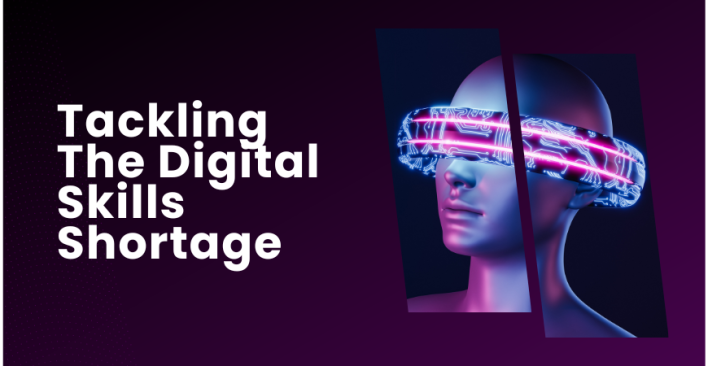HR in the Age of a GIG

There is a fatigue setting in among management literature readers with the “future of work” prophesies. The topic, along with “generations at work” and the elusive “employee engagement,” is the ever moving target for HR.
What we need most is as a practical guide to the brave new world of work, where talent connects to employment wherever and whenever it finds the best fit. As talent flows freely in between “gigs”, “jobs” and “in between jobs” economy, the “war” for that “talent” forces us to rethink what “work” really stands for and how we go about getting things done. We are finding ourselves in the midst of the big shift towards the flexible, boundary-less, porous talent marketplace – inside and outside traditional companies.
The real heroes of this “gig economy” are the talent platforms that allow for its free agents to thrive. Top-coder, Tongal, Upwork, and MTurk replace the employers of the past with collaborative smart technology, as they allow for their members to organise and optimise the delivery of work. As good surrogate employers, they take care of the traditional HR responsibilities of rewarding, evaluating, governing, insuring, and developing employees.
[bctt tweet=”How can traditional HR maintain its relevance in the face of increasing no. of freelancing platforms?”]
Compelling stories of these new employment arrangements are too many to list. Just compare the biggest ad firm in the world, London-based WPP with its 180,000 global employees, and its new economy twin rival, Tongal, with just 60 full timers, but with a talent pool of more than 70,000 and growing.
Ironically, the old companies are beginning to look more and more like the new ones. Take IBM’s Open Talent Marketplace (OTM) or the Assignment Agency. Invented by its employees as an alternative to replace the punishing forced ranking system of performance evaluation, OTM is the company’s own internal talent platform, matching projects with those employees who want to bid for them. That is a very different way of assigning work than how it was done before by the Big Blue/ IBM of 1970s. On the collaboration front, it is exciting to see the examples of IBM’s alliance with Apple that would have been unthinkable only a few years ago.
The deliverable is the product, service, or project that the client receives, that may include creating a smartphone app, designing an ad campaign, reading an X-ray and any other product.
According to the fascinating treatment of this new work environment in “Lead the Work” by Boudreau, Jesuthasan, Creelman (Wiley, 2015) the new organisation becomes permeable, interlinked, collaborative and flexible. What work really looks like is the network of organising relationships between the jobs to be done, the workers and the clients. If there are several parties involved, such as an alliance partner or talent platform or a group of individual contractors to the project, how do these parties govern themselves, collaborate, share information, manage risk, and make decisions?
Take Rewards. The workers receive both intrinsic and extrinsic rewards such as money, learning, experience, sense of pride, status etc. From the timing perspective, rewards are moving towards shorter term, individualised and imaginative. As the traditional rewards: pay, benefits, security are being ensured through the platforms, less traditional elements such as prestige, purpose, spirituality, fun, and reputation are coming to play a bigger role in the new organisational set up.
It is clear that free agents compete for reputation, not just cash. Tinglers, for example, work for the unprecedented creative freedom. Uber drivers (and passengers) are rightly concerned about their star ratings. Your reputation equals your jobs.
The Role of HR
Where do we even start the conversation about the internal administrative function that HR used to be?
The new economy is HR’s real challenge and real opportunity. Can the profession, in its current state, lead through these new organisational arrangements, learn new skills and step up to the consulting role to the business?
The good news is that HR is not going away; it has an important strategic role to play in helping leaders navigate the new reality of work. There are legal and transactional implications to the work done in the permeable, interlinked, collaborative, and flexible work systems. And there is a lot more that HR needs to know and embrace to effectively partner with business leaders in the world beyond employment.
[bctt tweet=”HR needs to catch up on the legal & transactional implications to freelancing says @annatavis” username=”ATCevent”]
To start, the language of “employees” and “jobs” has to go away, performance and rewards need to be reconfigured, and the name for the function itself, human resources, will need an upgrade. There is a very specific agenda for HR to reimagine its own function, including the possibility that most HR workers will become the contractors themselves coming in from the talent platform. HR professionals must embrace the new economy and step up to the leadership challenge as experts, architects, engineers and the orchestrators of the “boundary-less global workplace.”
With the help of technology and data, HR will be able to do wonders in the complex environment of work, and yet the function must retain its “soul” looking after the sustainability, balance, and spirituality of the free-agent world. “If HR progress accelerates through rigour, humanism, and collaboration, the HR profession will rightfully maintain and extend its stature into a world beyond employment.”
This article first appeared on LinkedIn Pulse on March 26th, 2016.
Related articles
Leave a Reply
Sign up to our newsletter
Get a weekly digest on the latest in Talent Acquisition.
Deliver this goodness to my inbox!


